Saffron, the red gold: Everything you need to know about this legendary spice
What is Saffron?
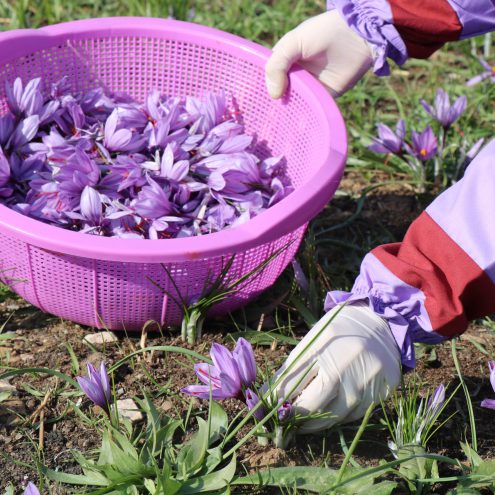
Saffron, often referred to as “red gold,” is one of the most precious and sought-after spices globally. This spice is derived from the stigma of a particular crocus flower, known for its pungent and distinctive aroma and flavor. Saffron offers a unique combination of flavors – slightly bitter with a hint of mustiness and subtle floral notes.
The saffron crocus is a labour-intensive crop, with each flower producing only three stigma threads. These threads are meticulously hand-picked, dried, and carefully processed. It takes thousands of these threads to create just one ounce of saffron. Surprisingly, using too much saffron can result in excessive bitterness, so it’s best employed sparingly.
It takes a significant number of saffron flowers to produce even a small quantity of saffron. To obtain just one gram of saffron, you need the stigmas from about 150 to 200 saffron flowers. For a full kilogram (1,000 grams) of saffron, you would require the stigmas from approximately 150,000 to 200,000 saffron flowers.
“Saffron is like red gold, with a unique fragrance that can’t be replicated.”
— Jamie Oliver
Choose the best saffron
The primary saffron-producing countries include India, Iran, Spain, Greece, and Italy. However, Afghanistan has emerged as a leading producer of premium saffron and has received international recognition for its exceptional quality.
When selecting saffron, a rule of thumb is that the deeper the color of the threads, the higher the quality. The best saffron typically exhibits a deep red hue with vibrant orange tips. The absence of orange tips may signify inferior quality or artificial dyeing. Inferior saffron can also appear worn and frayed. While it may be tempting to opt for inexpensive saffron, authentic saffron is inherently expensive. Avoid saffron that appears excessively yellow, as it is likely counterfeit or of low quality. Ground saffron is available, but it loses potency quickly and may be mixed with other substances.
another way to check the authenticity and purity of saffron is:
Check it has strands which are frayed at one end
Look for a deep red hue that colours water orangey-yellow when submerged
Smell it and put it on your tongue – fake saffron has very little aroma or flavour
Real saffron will smell slightly fruity and floral
It should taste sweet and bitter at the same time
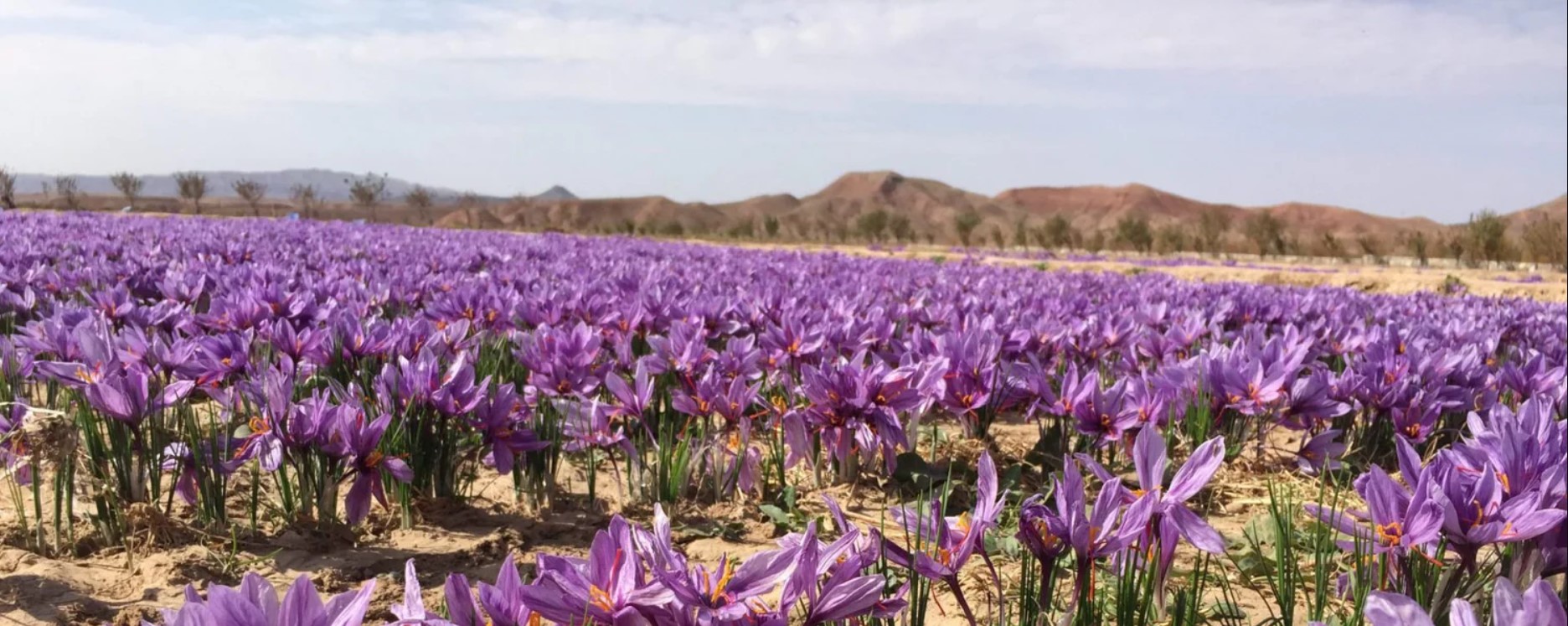
How to Prepare Saffron?
To maximise saffron’s color and flavor in your dishes, steep the threads in warm water, stock, milk, or white wine for approximately 30 minutes before use. The resulting liquid can be added to your culinary creation, usually towards the end of the cooking process. You can choose to strain the threads, but they are visually appealing and contribute to the overall presentation.
How to store saffron?
Proper storage of saffron involves placing it in an airtight container, stored in a cool, dark location. When stored correctly, saffron can maintain its quality for several years. Saffron is a versatile spice used in a variety of dishes, including Spanish paella, French bouillabaisse, Italian risotto Milanese, and even baking. It can also enhance the flavor of tomato sauce or elevate the taste of rice when added to the cooking water. Saffron is not only a culinary delight but also a symbol of excellence and distinction.


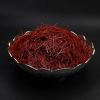
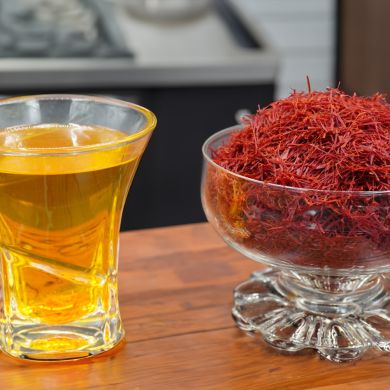
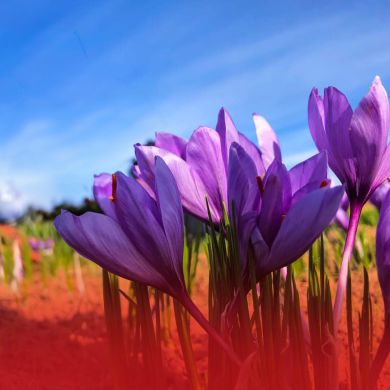
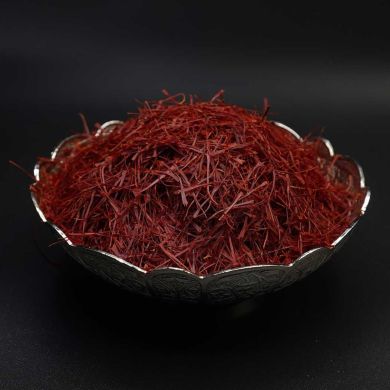
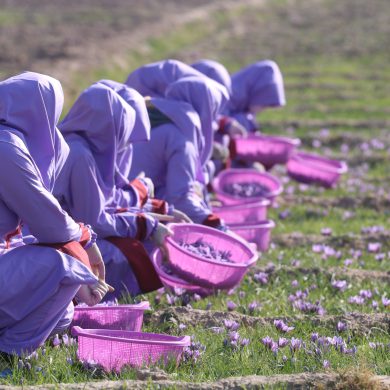
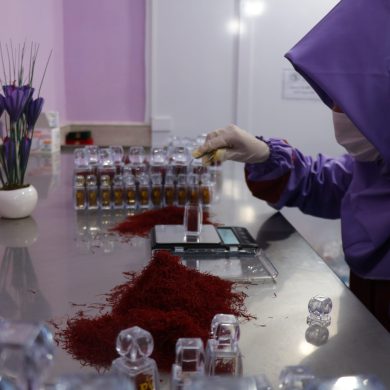
One comment
Matt
Saffron is beautiful and fragrant and really good value I bought 5grams for Rice pudding etc glad I found rumi saffron